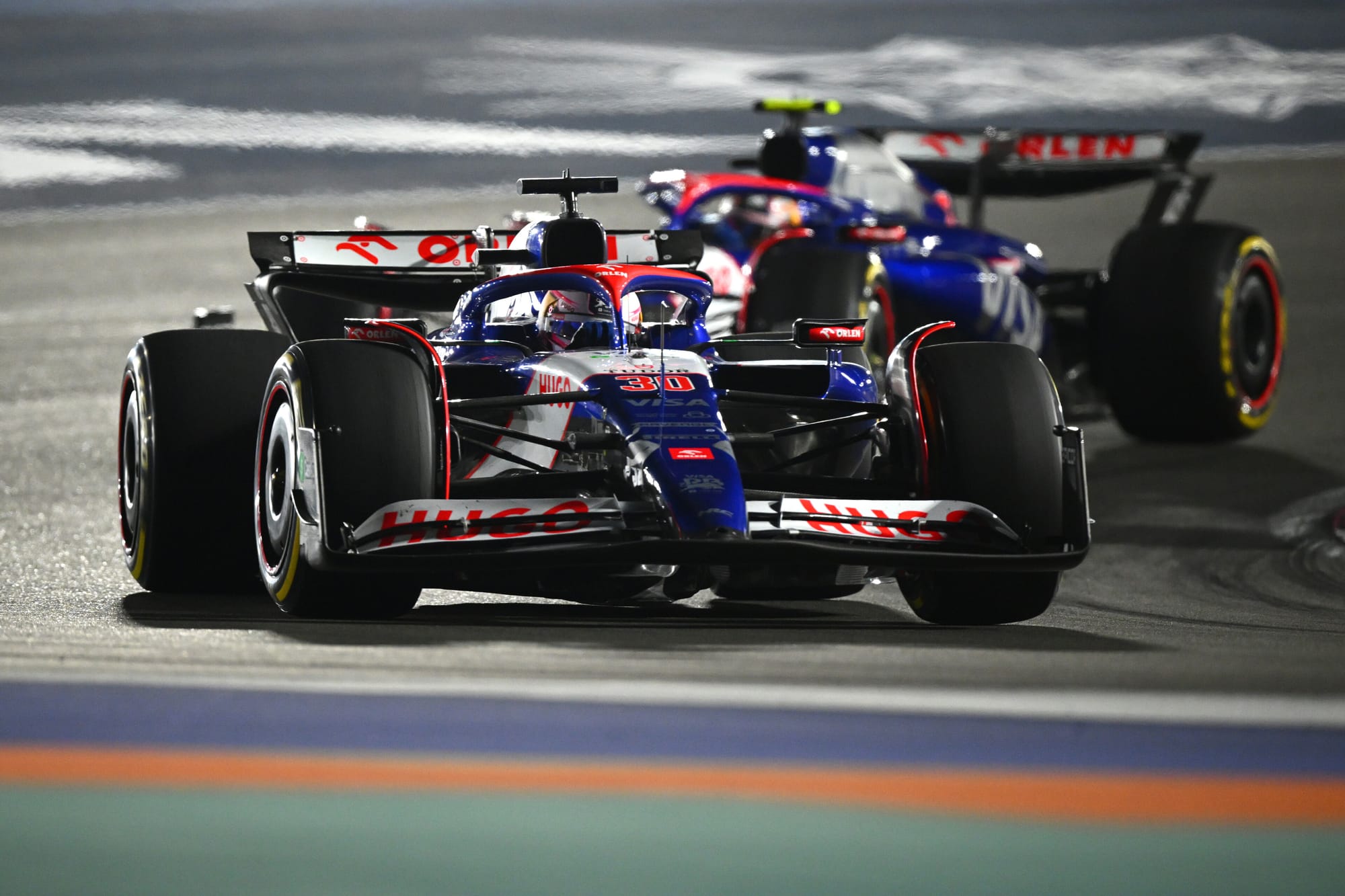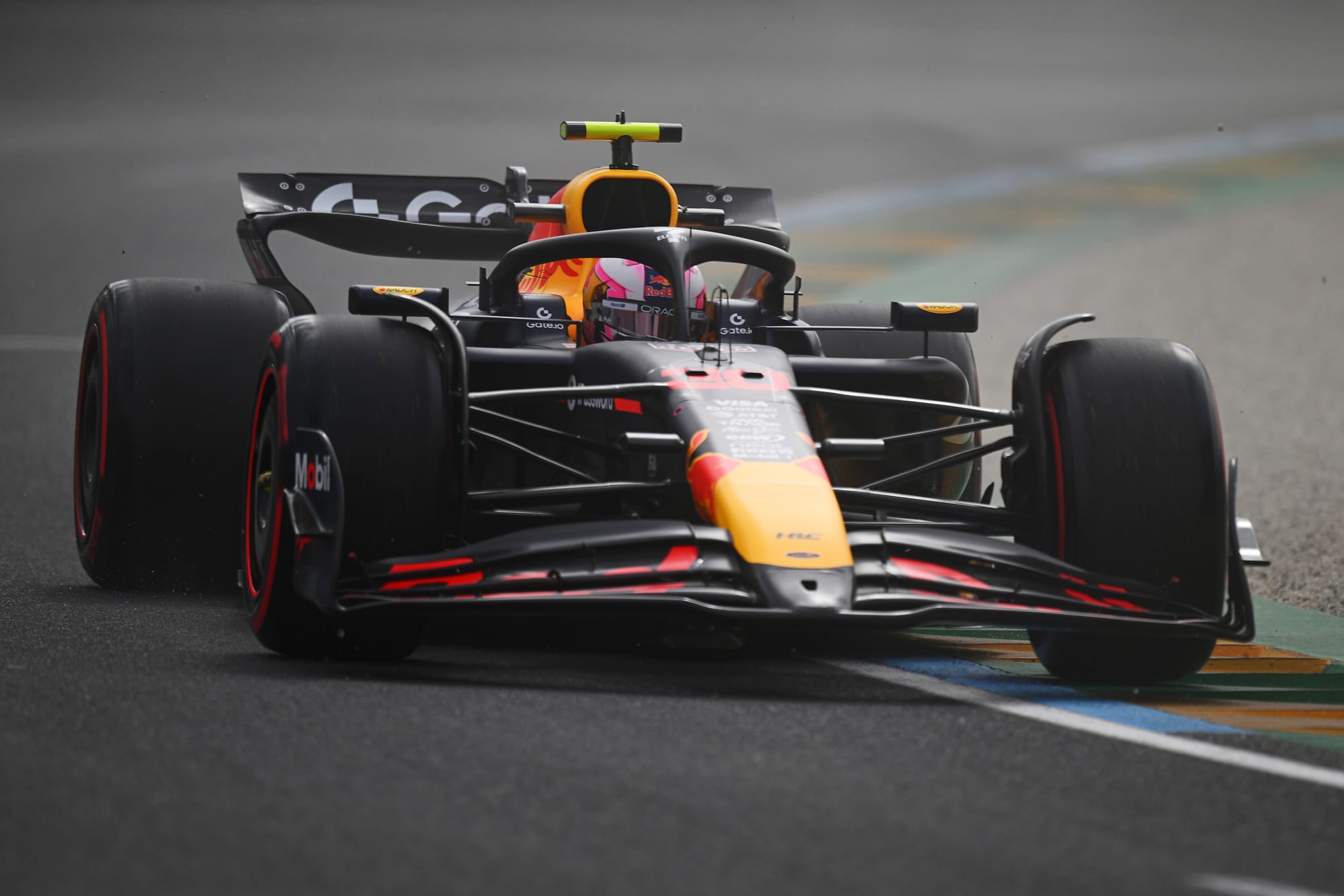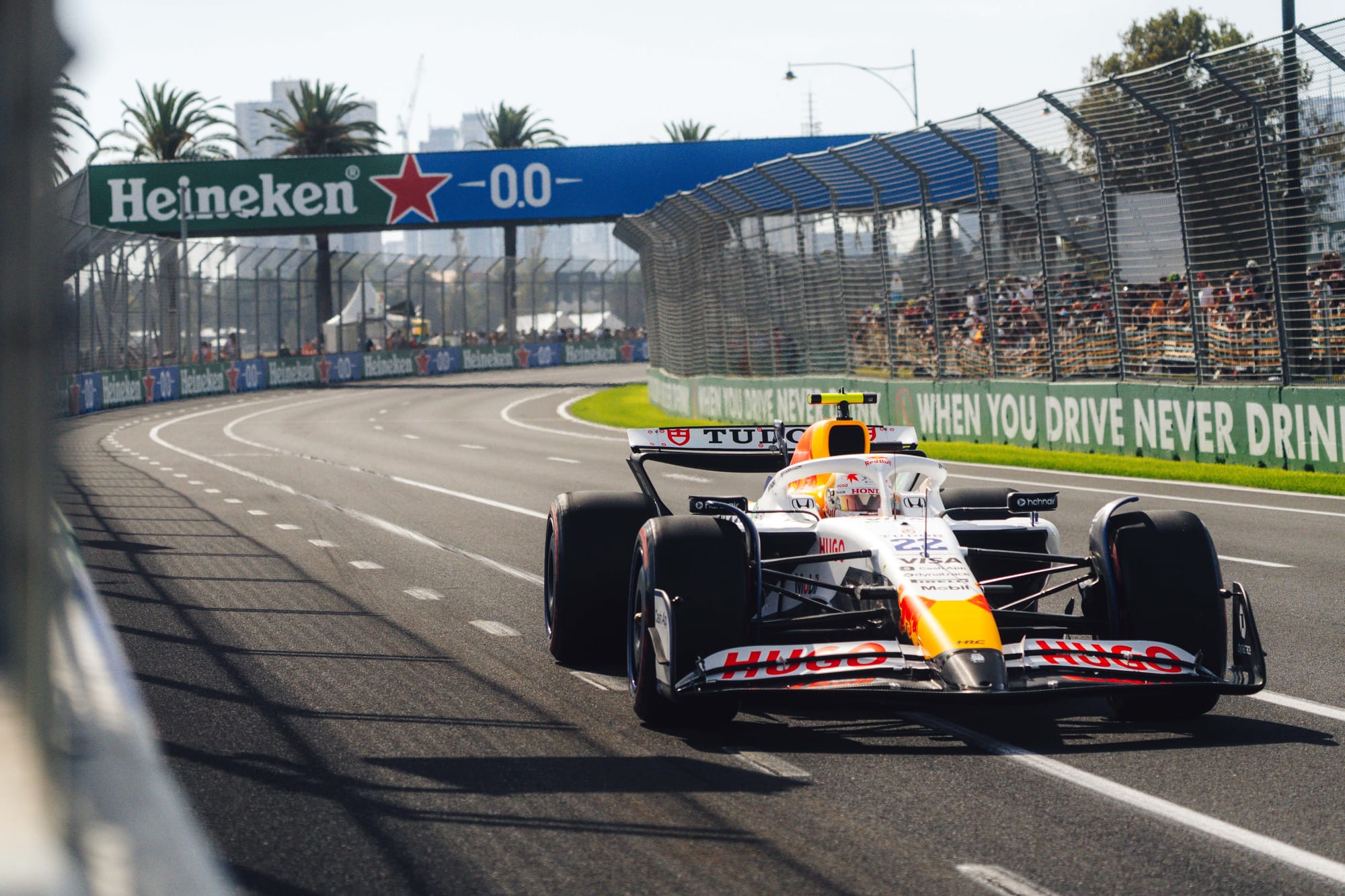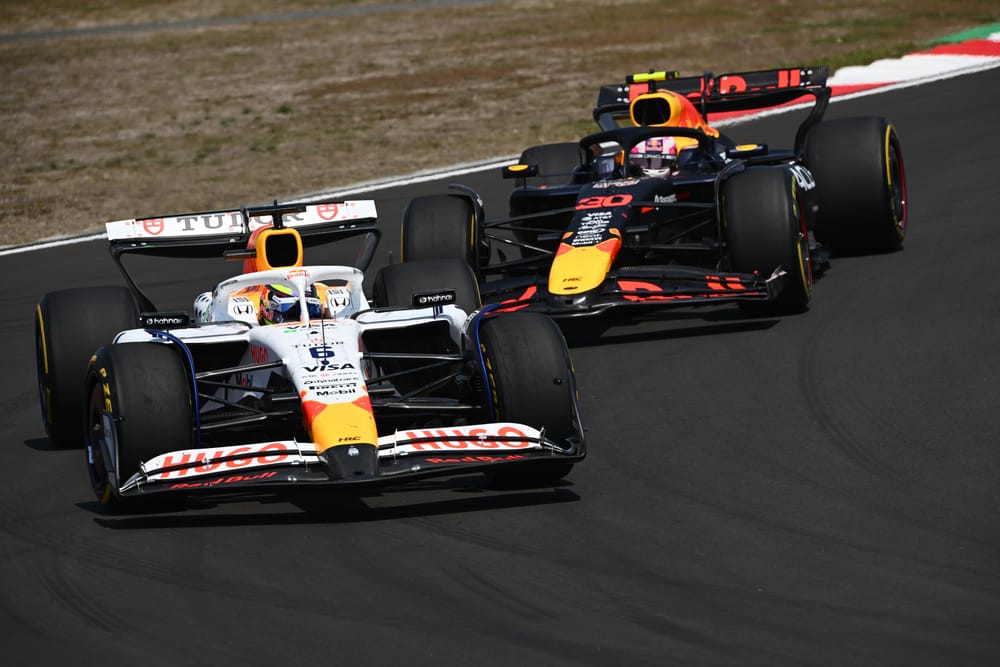Up Next

The form of Liam Lawson while at the senior Red Bull Formula 1 team and the pace of the cars from the junior Racing Bull team he'd left (and is now going back to) painted an anomalous picture.
As Lawson qualified the Red Bull a solid last in Shanghai, both Racing Bulls made it into Q3, with the rookie Isack Hadjar qualifying seventh, 0.284 seconds slower than Max Verstappen's Red Bull.
A simplistic conclusion might be that the Racing Bull is actually a faster car than the latest Red Bull and that the RB21 is only ahead at all because of the respective skills of Verstappen and the junior team drivers Hadjar and the since-promoted Yuki Tsunoda.

Supporting evidence to this argument would be Lawson's form in the junior team cars alongside Tsunoda. In his five races in 2023, including sprint qualifying, Lawson qualified within an average of 0.14s of Tsunoda. In his six rounds last year he was 0.12s ahead (discounting Mexico where they were in different spec cars, and Brazilian GP qualifying where it was wet).
They were operating at a very similar level but Tsunoda had much more F1 experience, and this was part of Red Bull's justification for choosing Lawson over Tsunoda for the seat alongside Verstappen.
Yet, once in the Red Bull here was Lawson suddenly qualifying 0.9s slower than Tsunoda's Racing Bull (and a full second slower than Hadjar). Ergo, the Racing Bull is a faster car, right?
It isn't quite so simple. For Lawson the Racing Bull would almost certainly be faster. For Verstappen it probably would be slower. With both in Racing Bulls, Verstappen for sure would still be faster than Lawson but not by anything like the margin as in the Red Bull.
The Red Bull has a higher limit - it has visibly more downforce through the faster corners - but it's not one which was accessible to Lawson.

The higher downforce is more evident in a race than in qualifying when new tyres tend to minimise the difference. In race conditions, Verstappen's car is in a different league, roughly halfway between a McLaren and a Racing Bull in terms of tyre degradation. There will be some driver input into that tyre-use equation but the car is always the dominant factor.
But over a qualifying lap, the Red Bull requires a driver of Verstappen's level to access its limits. He has the feel required to progressively load up the front without quite upsetting the rear. Lawson in the same car was not finding that point, but just going barrelling in and then suffering big, confidence-sapping snaps of oversteer. Different car traits will mean Verstappen's off-the-scale talent manifests in different ways and that's how this car shows it.

By comparison, the Racing Bull has a much more compliant, driveable balance. Watching it through the fast Turns 9-10 in Melbourne it had nowhere near the grip into Turn 9 of the Red Bull but both drivers were able to hustle it into Turn 10, Tsunoda and Hadjar manhandling their way around its occasionally slow-to-react front end.
It looked like it was never going to bite them and its limits over a lap were therefore very accessible. But that downforce shortfall would ensure its limits would be ever-further away from the Red Bull's the more laps they did.
So, now Tsunoda's heading for the Red Bull, will he fare any better than Lawson?
That will be totally down to how sensitively he can feel the car and perhaps Tsunoda's greater experience will ensure he finds more of its potential. But the basic problem remains that Verstappen's talent and preferences have taken the senior team in a direction with the car that makes it incredibly difficult for his team-mates.



